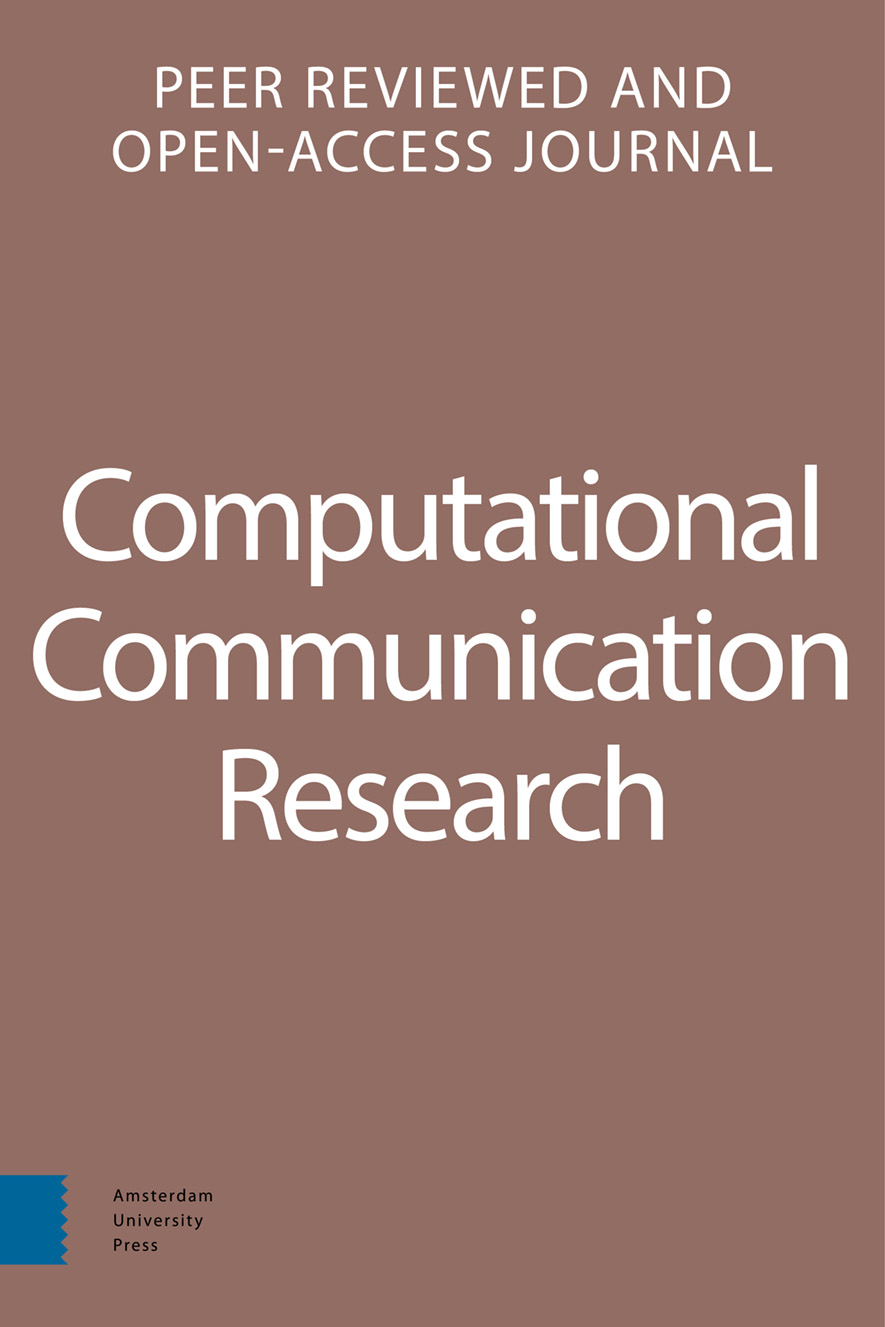-
oa Conversational Agent Research Toolkit
An alternative for creating and managing chatbots for experimental research1
- Amsterdam University Press
- Source: Computational Communication Research, Volume 2, Issue 1, Feb 2020, p. 35 - 51
-
- 01 Feb 2020
Abstract
Conversational agents in the form of chatbots available in messaging platforms are gaining increasing relevance in our communication environment. Based on natural language processing and generation techniques, they are built to automatically interact with users in several contexts. We present here a tool, the Conversational Agent Research Toolkit (CART), aimed at enabling researchers to create conversational agents for experimental studies. CART integrates existing APIs frequently used in practice and provides functionality that allows researchers to create and manage multiple versions of a chatbot to be used as stimuli in experimental studies. This paper provides an overview of the tool and provides a step-by-step tutorial of to design an experiment with a chatbot.


